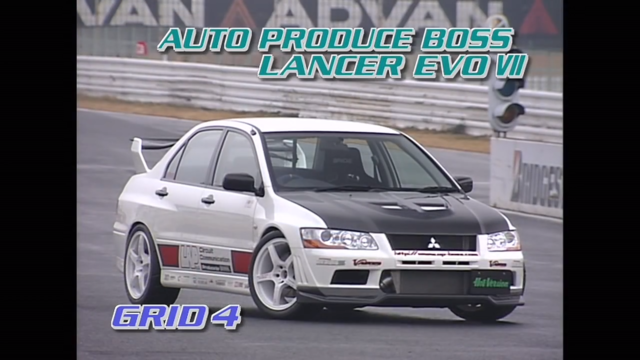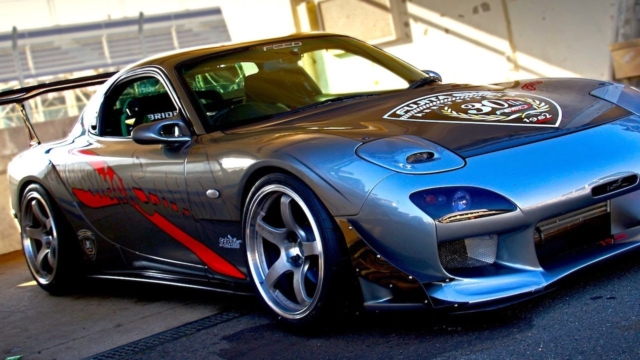There have been a variety of popular sports cars to come from Japan, but none as iconic nor emblematic for Japanese performance as the rally-bred monsters which appeared stateside in the early 2000s. The Subaru Impreza WRX and the Mitsubishi Lancer Evolution rewrote the rulebook when they crossed the Pacific fifteen years ago, since their performance put them on par with domestic and European machinery costing far more.
Moreover, their four wheel-drive systems made them popular consumer products, and seeing an Evo on the slopes became as common as seeing one on the track. However, the 1990s had their own offering of Japanese sports cars, including the Supra, 300ZX and the RX-7.
It was the last of this group that caught the imagination of the Japanese tuning scene. The FD3S RX-7 not only boasted glamorous, smooth and elegant lines, perfect proportions, and a great engine, but it has had the fortune of being long-lived enough to stay relevant. Thanks to its ideal weight distribution, low center of gravity and potential for engine tuning, the FD3S is still very much on the map.
Interestingly, the FD is still seen as the benchmark among many tuners, even those who specialize in other platforms. That modestly-sized, compact rotary engine gives the Mazda a handling balance near that of a midship engine, which gives it reasonably good traction towards the corner exit. This is the area in which the Evos and WRXs have the advantage, though they do suffer, in comparison, in the entry and mid-corner section, generally.
The cars on display in this particular battle are all modestly tuned; representing a realistic expectation of a customer’s car. This entails running stock turbos and basic upgrades in suspension, modest wings and stock transmissions. Therefore, the performance, on paper, should give a decent insight into the merits of these platforms.
The four wheel-drive camp is made up of one Evo VII and one STI — both tuned to similar standards. After the STI drops out early, the Evo shows exactly how such a machine functions on a low speed track like Tsukuba. Nobuteru Taniguchi, the laid back driver behind the wheel of the Mitsubishi, takes note of how the cars attack the corners.
The Evo shows immense corner exit speed — better than that of the RX-7s – but it isn’t quite as quick in the corners. This means that out of slow, tight corners the Evo begins to get a run on the Mazdas. However, longer, faster corners like turns 7 and 8 favor the Mazda and its layout.
Obviously, without the front wheels being driven, the RX-7s exhibit some oversteer, which Tsuchiya revels in. It’s that the cars still generate forward thrust while sliding that makes them so fascinating to the onlooker. With excellent weight distribution, the RX-7 still moves forward when the tires are spinning. Not only is this great to watch, but in the right hands, incredibly effective.

The Auto Produce Boss Evo features upgraded cams and manages to outrun everything on the straightaway.
That balance ends up giving the RX-7 the crown here, even before the two four wheel-drive entrants retire. Ironically, it’s not the rotary-powered cars which give up the ghost, but the piston-driven machines. On this day, Felix Wankel and Mazda reigned supreme, and if anyone’s ever in doubt about what platform offers the most thrills, look no further. The FD3S has remained relevant for good reason.






















